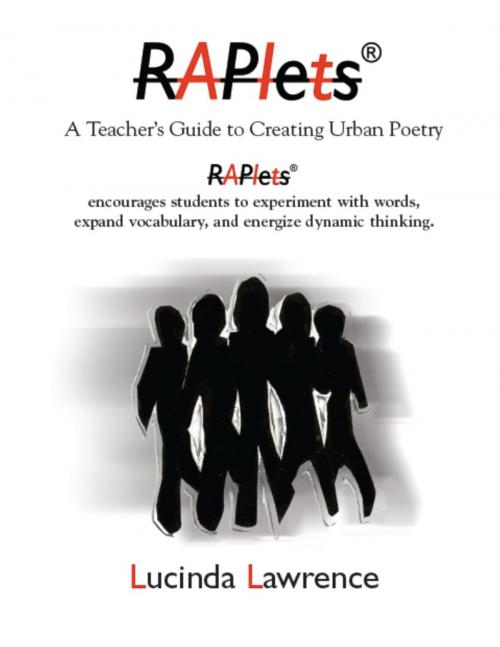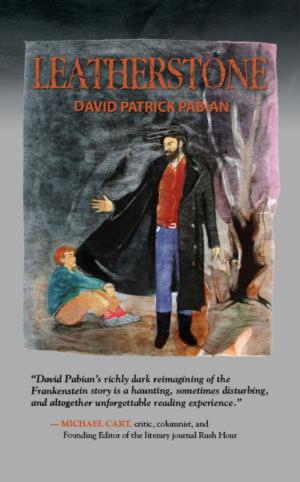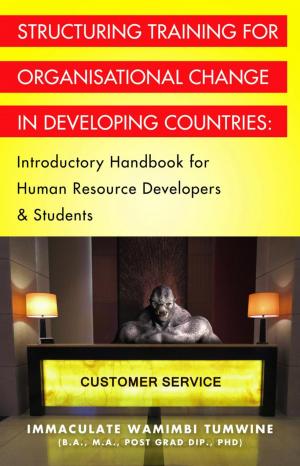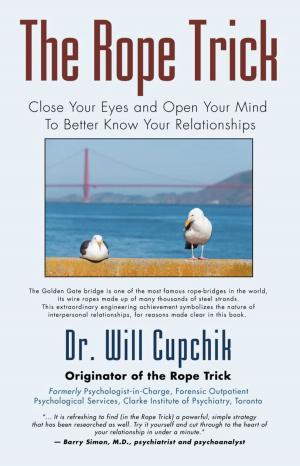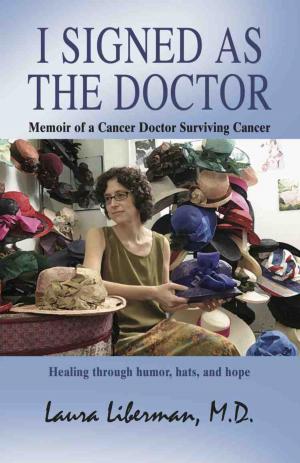Raplets: A Teacher's Guide to Creating Urban Poetry
Nonfiction, Reference & Language, Language Arts, Literacy, Study & Teaching, Writing & Publishing, Composition & Creative Writing| Author: | Lucinda Lawrence | ISBN: | 9781626467262 |
| Publisher: | BookLocker.com, Inc. | Publication: | October 1, 2013 |
| Imprint: | Language: | English |
| Author: | Lucinda Lawrence |
| ISBN: | 9781626467262 |
| Publisher: | BookLocker.com, Inc. |
| Publication: | October 1, 2013 |
| Imprint: | |
| Language: | English |
TEACHING FOR UNDERSTANDING
Modern day teachers understand the need for making connections in order for their students to learn. The hectic pace of the twenty first century has eliminated much of the family time where stories and real life experiences are discussed, explained and laughed about, over and over. They could “experience” in the way that only ingenuous repetition is able to do. They might never have gone to a World’s Fair, but Grandma did, in 1984 New Orleans, and she remembers it clearly. This link became clear to the student when her teacher mentioned World Fairs in her class. For those who do not have prior knowledge, those students can’t say, “I know that”, and are missing the very beginning of the connective chain. The teacher then must paint a picture of the missing information. RAPlets® can be a replacement for some of the material today’s student’s lack, becoming a strong foundation for teaching for understanding.
Sushi
My first taste of sushi was at the Worlds’ Fair in New Orleans At the Japanese Pavilion in 1984 , when I was just in my teens Teaching for understanding becomes simple and clear when following Bloom’s taxonomy and its six theories: 1) knowledge, 2) comprehension, 3) application, 4) analysis, 5) synthesis, and lastly, 6) evaluation. I have replaced these terms with the words a student might use that indicates to the teacher a connection is being made. 1 “I know this!”, 2) “ I get this!”, 3) “ I can use this!”, 4) “I see this!”, 5) “ I can put this together!”, and 6) “ I can explain this!”.
When a student can respond to all six statements, mutual teaching and learning has occurred. Students realize stronger self-awareness through the actualization of how much they know. The realization that learning something new can be a fast two sentence trip allows them new poise in taking a chance to express themselves.
This burgeoning self-awareness propels a student to easier goal setting as well. The quick nature of RAPlets® can provide new knowledge in abundance in a very short period of time. Students begin to strengthen their problem solving skills by having the ability to make applications from this knowledge. The discussion turns to other fairs, and the teacher suggests that the class might create a blueprint for their own modern Fair, and maybe even build a miniature of their conclusions.
The students are now into project based learning, because the class will be working in groups and sharing their research. The Big Idea produces the results of each student’s work that will be judged individually and collectively, giving strength to the teaching for understanding theme. Making connections to allow for optimal learning leads to the understanding of concepts. Therefore, teaching for understanding leads to learning.
TEACHING FOR UNDERSTANDING
Modern day teachers understand the need for making connections in order for their students to learn. The hectic pace of the twenty first century has eliminated much of the family time where stories and real life experiences are discussed, explained and laughed about, over and over. They could “experience” in the way that only ingenuous repetition is able to do. They might never have gone to a World’s Fair, but Grandma did, in 1984 New Orleans, and she remembers it clearly. This link became clear to the student when her teacher mentioned World Fairs in her class. For those who do not have prior knowledge, those students can’t say, “I know that”, and are missing the very beginning of the connective chain. The teacher then must paint a picture of the missing information. RAPlets® can be a replacement for some of the material today’s student’s lack, becoming a strong foundation for teaching for understanding.
Sushi
My first taste of sushi was at the Worlds’ Fair in New Orleans At the Japanese Pavilion in 1984 , when I was just in my teens Teaching for understanding becomes simple and clear when following Bloom’s taxonomy and its six theories: 1) knowledge, 2) comprehension, 3) application, 4) analysis, 5) synthesis, and lastly, 6) evaluation. I have replaced these terms with the words a student might use that indicates to the teacher a connection is being made. 1 “I know this!”, 2) “ I get this!”, 3) “ I can use this!”, 4) “I see this!”, 5) “ I can put this together!”, and 6) “ I can explain this!”.
When a student can respond to all six statements, mutual teaching and learning has occurred. Students realize stronger self-awareness through the actualization of how much they know. The realization that learning something new can be a fast two sentence trip allows them new poise in taking a chance to express themselves.
This burgeoning self-awareness propels a student to easier goal setting as well. The quick nature of RAPlets® can provide new knowledge in abundance in a very short period of time. Students begin to strengthen their problem solving skills by having the ability to make applications from this knowledge. The discussion turns to other fairs, and the teacher suggests that the class might create a blueprint for their own modern Fair, and maybe even build a miniature of their conclusions.
The students are now into project based learning, because the class will be working in groups and sharing their research. The Big Idea produces the results of each student’s work that will be judged individually and collectively, giving strength to the teaching for understanding theme. Making connections to allow for optimal learning leads to the understanding of concepts. Therefore, teaching for understanding leads to learning.
